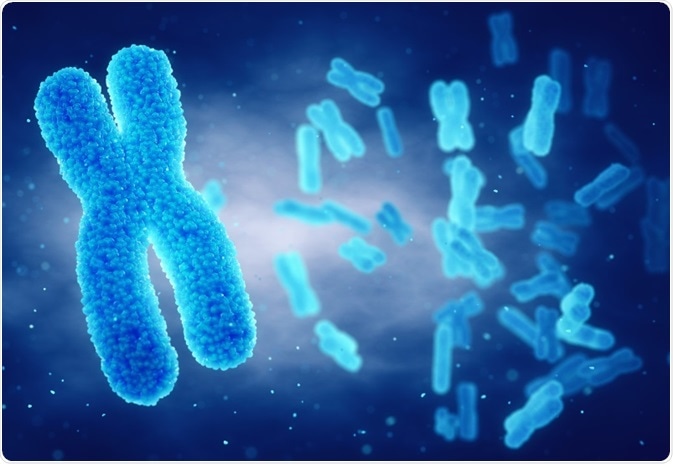How do you go from DNA to a person?
Thanks to advances in DNA and genome sequencing technology, there has been a rise in the number of sequenced genomes available for researchers. This includes human DNA that was sequenced and stored during the Human Genome Project.
It was hoped that the Human Genome Project would give new insight into diseases, and that it would also allow treatments to be personalized to individuals depending on their genetics. While Genome-Wide Association Studies (GWAS) have yielded new understandings of diseases such as schizophrenia and bipolar disorder, this has proved more difficult than originally imagined.
As genome sequencing becomes cheaper, the difficulty in interpreting the DNA sequence and how this influences the characteristics of an organism, known as the phenotype, has become the major hurdle. This has brought about the field of “phenomics”. This involves using bioimaging, biochemical and molecular analyses, and, in the case of diseases, clinical information, in order to determine the link between the DNA sequence and a specific phenotype.
 Image Credit: nobeastsofierce/Shutterstock.com
Image Credit: nobeastsofierce/Shutterstock.com
Phenomics case study
Phenotypes arise from the interaction between genes within a genome, and the environment. This is a highly complex interaction: for studying the phenomics of neuropsychiatric illnesses, this includes studying how the neural and cognitive systems work, and then trying to decipher how the genome links to these differences in the phenotype.
There is an additional challenge in using phenomics to study neuropsychiatric illnesses: the link between brain function and human behavior is complex, and not well understood. Thus, while organs such as the heart have been modeled from the genetic level to the whole organ, this is not possible for the brain.
Also, while certain phenotypes may be enough to characterize a neuropsychiatric illness, this does not necessarily mean that these phenotypes will be driven by genomic variations alone. There is a hypothesis known as “generalist gene hypothesis”, which is based on findings that suggest that a set of genes are linked to the majority of cognitive functions, such as intelligence and memory. This set of genes may involve hundreds of genes, and this high genetic correlation may be found in some neuropsychiatric illnesses too.
Bilder et al., proposed a scheme for neuropsychiatric phenomics studies, formed of levels, as follows:
- genome
- proteome
- cellular system (signaling pathways)
- neural systems
- cognitive phenotype
- symptoms
- syndrome
This is a simplified approach, and each stage represents the key questions that should be asked in order to understand how the genes influence neuropsychiatric illnesses. The first three fall into the “central dogma of biology”, and this also forms part of other phenomics studies.
From there, this above scheme delves into ideas more specific to neuospychiatry. For example, how cells form neural systems, and in turn how this then influences cognitive functions such as mood, linguistic skills and thinking. This in turn forms the basis of symptoms, which may indicate a specific neuropsychiatric illness.
Even though this scheme is simplified, it can be used to roughly calculate how small or large the phenomic search space is. Assuming that there are only seven changes that need to occur for a given genomic variant to result in disease, if a genomic variant influences five proteins, a protein influences five cellular systems, etc., there would be 15,625 such influences once the syndrome level is reached.
Conversely, if a neuropsychiatric illness may be identified by a collection of symptoms then one can imagine that there could be hundreds to thousands of genetic variations which had contributed to this illness. Thus, it can be seen that phenomics studies are highly complex, and need to account for a vast number of phenotypes or genomic variations.
Further Reading